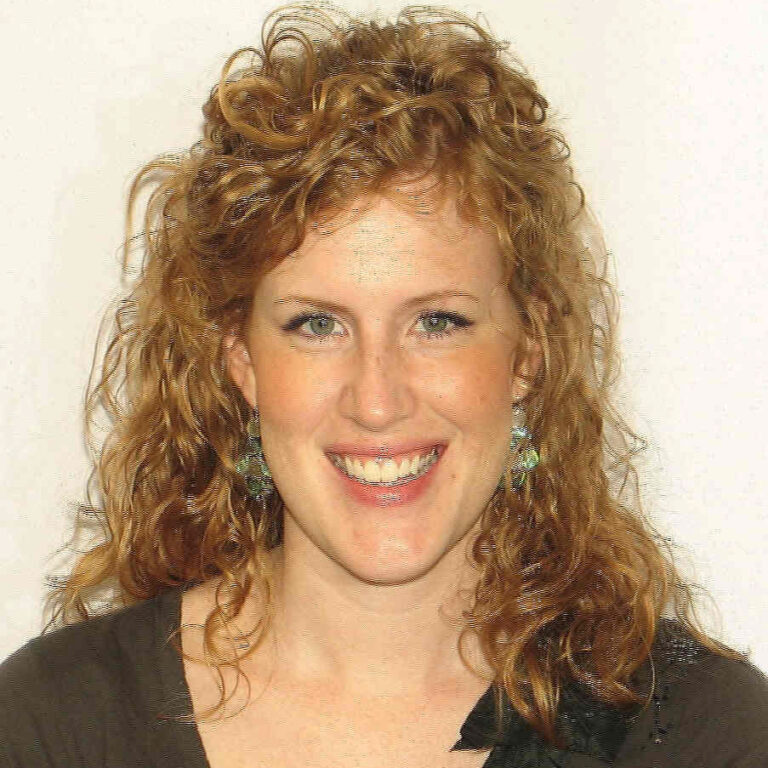History can be downright depressing at times. And no, I’m not talking about reading final exams.
In the book Killers of the Flower Moon: The Osage Murders and Birth of the FBI, journalist David Grann traces the story of the Osage native peoples, ousted from their homeland and moved to northern Oklahoma, where they discovered oil in the 1920s and became the richest people per capita in the world. At least for a time. The oil money was passed down only to members of the Osage tribe. During the 1920s, a rash of ‘mysterious’ deaths of Osage with access to oil money occurred. Murders, bombings, poisonings, investigations, cover-ups, and layers upon layers of corruption allowed the murders to continue until the nascent organization of the FBI finally investigated and solved some of the murders. 
But I think this summary by author Grann illustrates a larger point about the feelings of white Americans toward the Osage:
“The Osage had been assured by the U.S. government that their Kansas territory would remain their home forever, but before long they were under siege from settlers. Among them was the family of Laura Ingalls Wilder, who later wrote Little House on the Prairie based on her experiences. “Why don’t you like Indians, Ma?” Laura asks her mother in one scene. “I just don’t like them; and don’t lick your fingers, Laura.” “This is Indian country, isn’t it?” Laura said. “What did we come to their country for, if you don’t like them?” One evening, Laura’s father explains to her that the government will soon make the Osage move away: “That’s why we’re here, Laura. White people are going to settle all this country, and we get the best land because we get here first and take our pick.” Though, in the book, the Ingallses leave the reservation under threat of being removed by soldiers, many squatters began to take the land by force. In 1870, the Osage—expelled from their lodges, their graves plundered—agreed to sell their Kansas lands to settlers for $1.25 an acre. Nevertheless, impatient settlers massacred several of the Osage, mutilating their bodies and scalping them. An Indian Affairs agent said, “The question will suggest itself, which of these people are the savages?”
What troubles me the most about this book is the topic: the numerous murders of the Osage by white Americans who wanted access to Osage oil money and cared very little for the value of human life in general and Osage lives in particular. Grann pointed out that many white Oklahomans in the 1920s and 30s believed that killing Indians wasn’t much different than killing animals and connected the treatment of the natives as quite similar to their treatment in the 1870s: “There was one question that the judge and the prosecutors and the defense never asked the jurors but that was central to the proceedings: Would a jury of twelve white men ever punish another white man for killing an American Indian? One skeptical reporter noted, ‘The attitude of a pioneer cattleman toward the full-blood Indian…is fairly well recognized.’ A prominent member of the Osage tribe put the matter more bluntly: ‘It is a question in my mind whether this jury is considering a murder case or not. The question for them to decide is whether a white man killing an Osage is murder—or merely cruelty to animals.’” Grann’s narrative does not provide any sense of forgiveness or reconciliation – just glimpses into Osage from the present who are still attempting to answer questions about this horrifying chapter in their recent past.
What are we to make of this? As haunting and depressing as this historical reality is, I don’t want readers of the book to sigh and throw up their hands and remark sadly that this is just another depressing chapter on whites and Natives. The story of the Osage murders is not just another story about the ways that white Americans dismissed the lives and value of natives – it is a story that points to the deep-seated distrust, resentment, and entitlement that many (though not all) people have towards people who are perceived as different. But what is most troubling is that this resentment did not lessen or disappear over time. The Osage had already been moved and stripped of their land by white Americans. That is bad enough, but the story of the Osage demonstrates that was not the end of the story. More than 50 years after another removal from Kansas, the next generations of Osage continued to witness the hostility and hate of their white neighbors.
It seems to me that this horrifying chapter of the so-called ‘reign of terror’ toward the Osage demonstrates that ideas of difference don’t just change overnight. Time does not always heal these deep wounds of distrust and resentment. Instead, it seems that an active, conscious, collective effort is required for change to take place. Communities, not just individuals, must actively work to forgive and build bridges for real change to happen and to reorient the next generation.
How might the history of the Osage read if people had worked together to support, trust, and protect their neighbors, instead of banding together to swindle, steal, and murder their neighbors?

